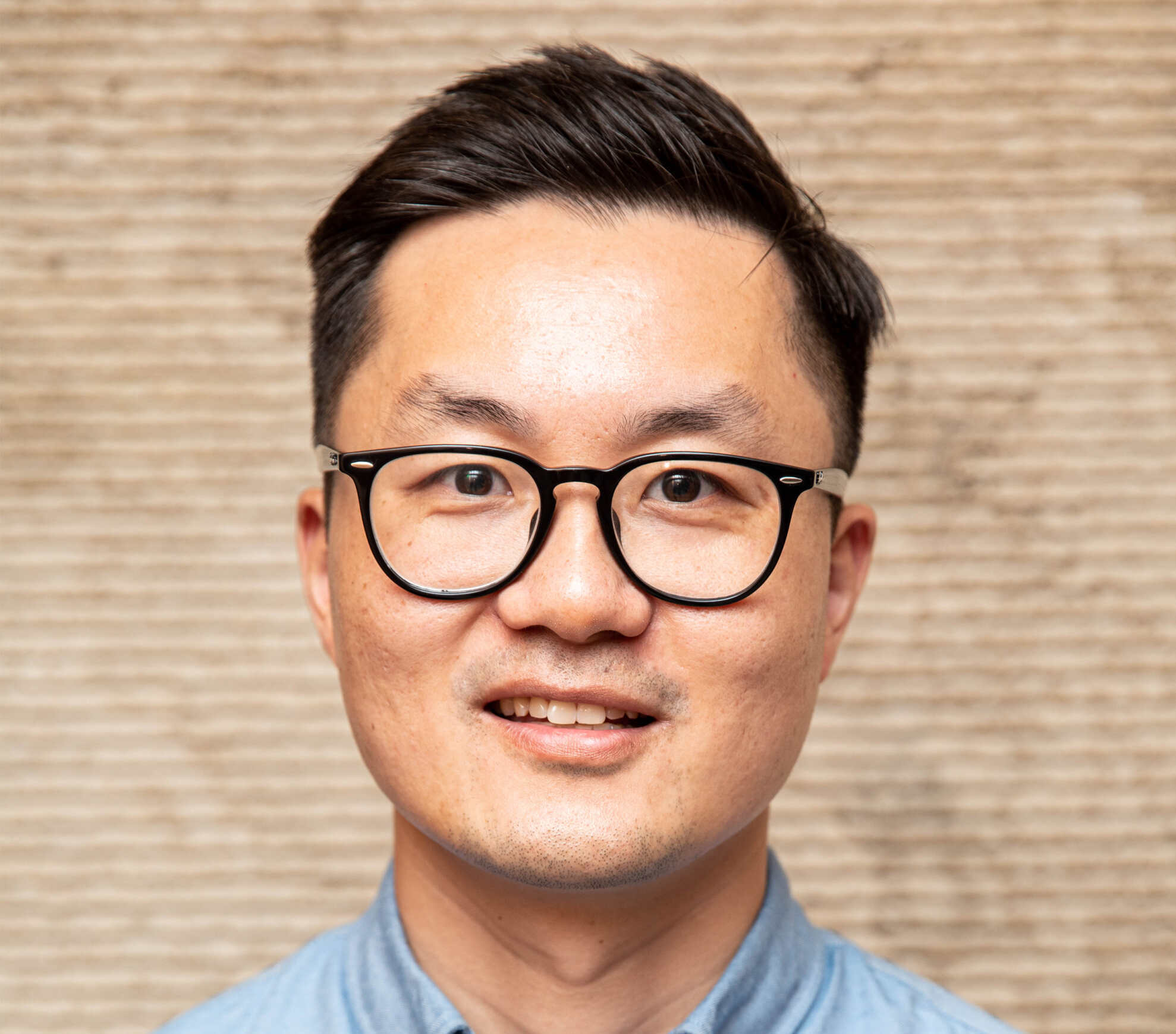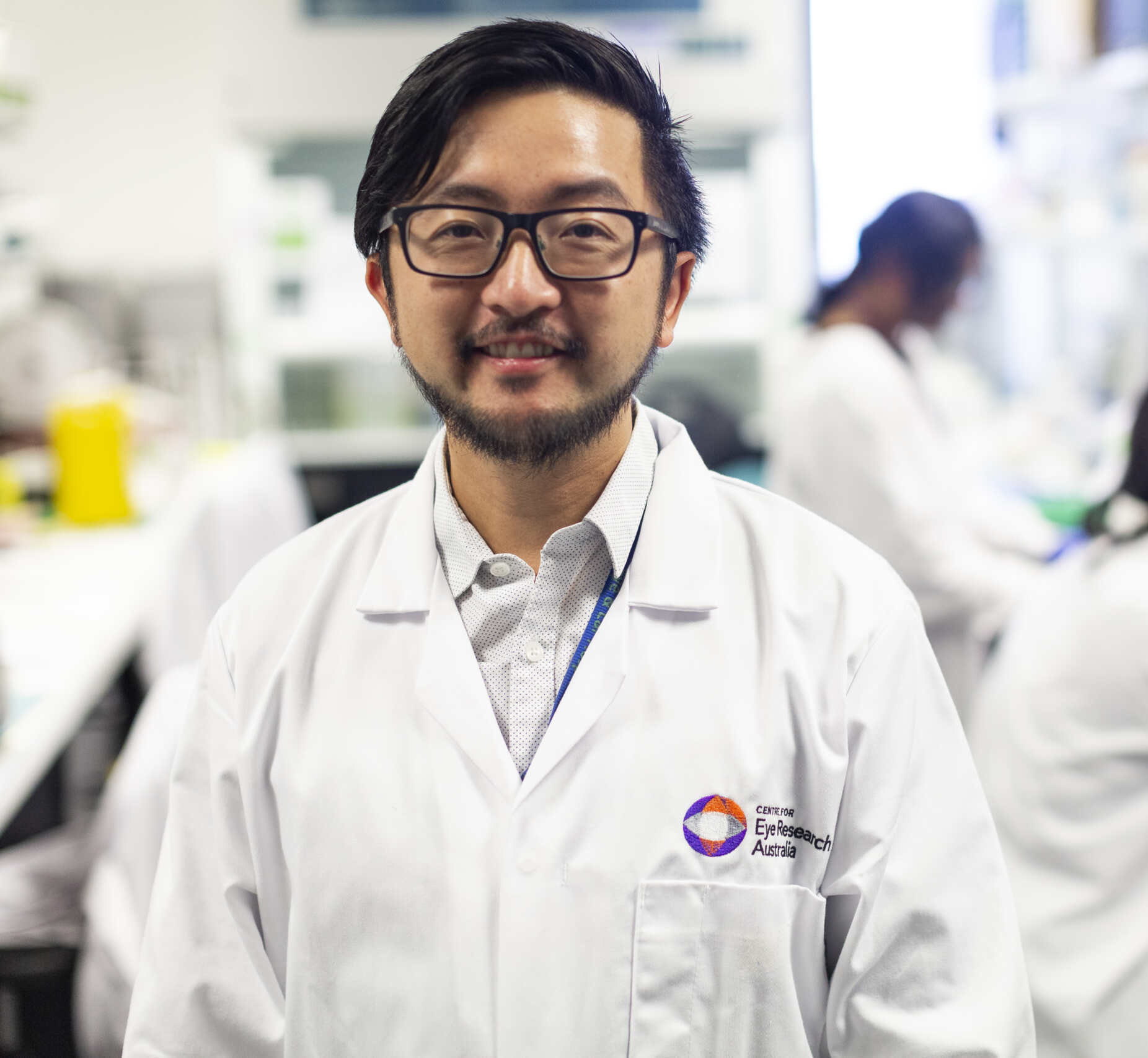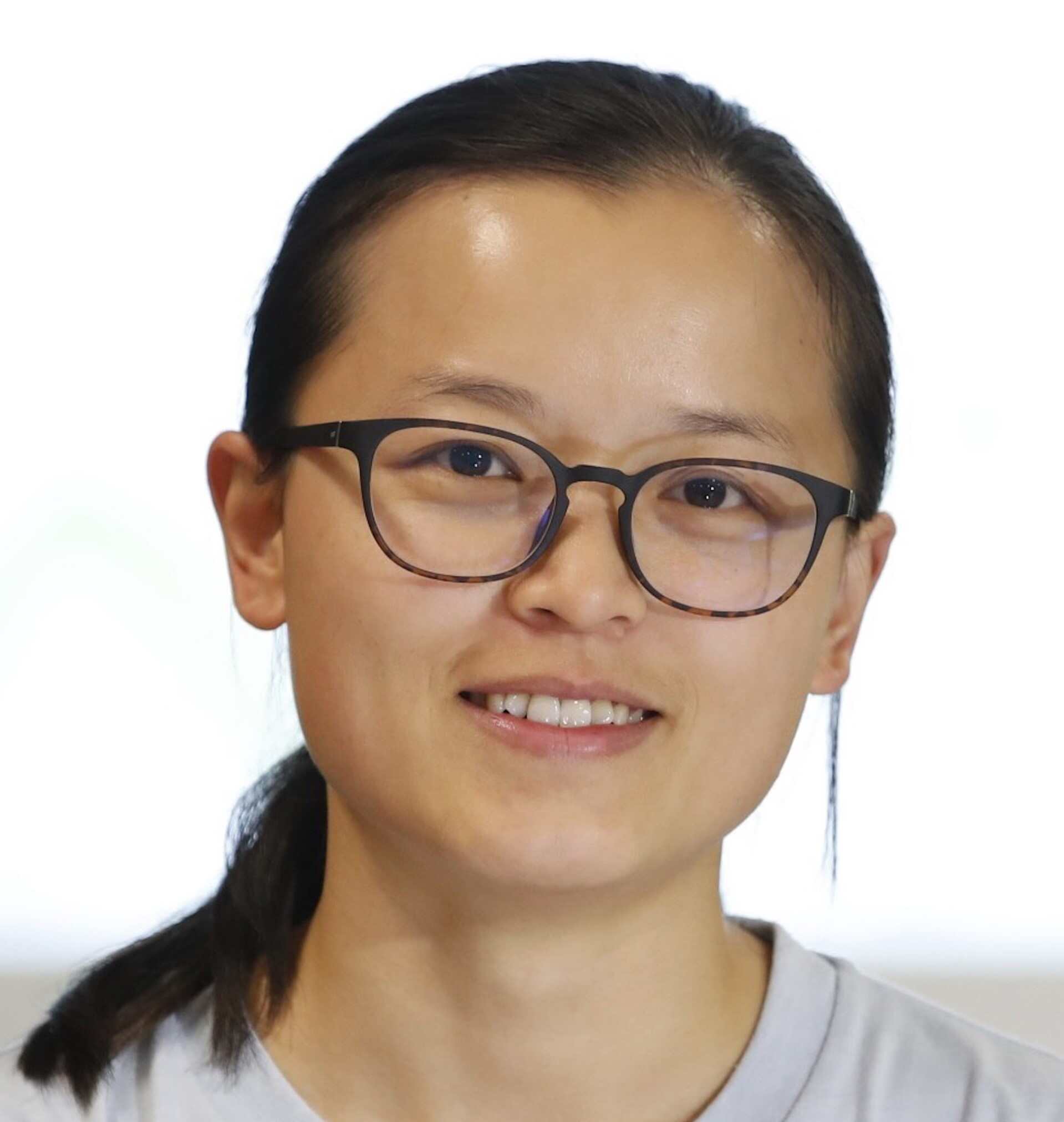Project Aim
Usher syndrome is the leading cause of combined hearing and vision loss worldwide. Usher syndrome type 1B (USH1B) is caused by mutations in the MYO7A gene. While gene therapies using adeno-associated virus (AAV) have worked for other genetic diseases, the MYO7A gene is too large for a single AAV to deliver. Attempts to deliver it in two parts have had limited success.
This study is exploring a new approach using a method that joins split proteins efficiently. The aim is to deliver the full MYO7A protein in a mouse model of USH1B through a less invasive injection into the eye, which could lead to better treatment outcomes.
Project Summary
Our early results show that a special system can successfully reassemble a split green fluorescent protein (GFP) into its full form in cells. The goal of this project is to find the best spot to split the MYO7A gene for effective reassembly. Different split sites will be designed, focusing on specific amino acids that help the process work smoothly, and testing of which split produces the full-length MYO7A protein will be conducted.
Next, a new delivery method will be used to target photoreceptor cells in the eye by injecting the team’s treatment directly into the eye of a mouse model of Usher syndrome type 1B. This method has already shown promising results for GFP reassembly in photoreceptors. By splitting the MYO7A gene into two parts and delivering them with this new technique, the aim is to produce the full MYO7A protein, advancing treatment for inherited retinal diseases that involve large genes.
Expected Outcomes
Two key outcomes are expected from this project:
- The best position to split the MYO7A gene will be identified, allowing it to be effectively reassembled and expressed in retinal cells.
- It will be confirmed that using two AAV vectors can successfully deliver the full MYO7A protein to retinal cells through a simple eye injection, helping to reverse the effects of retinal disease in a Usher syndrome type 1B mouse model.
If successful, this method could offer a safe and efficient way to treat other inherited retinal diseases with large genes, like ABCA4 and CEP290, using the same injection approach.

Chief investigator:
Dr Jiang-Hui (Sloan) Wang
Centre for Eye Research Australia, Melbourne
Grant awarded:
$60,000
Timing:
2025 (1 year)
Research Impact Reports
Selective Activation of Retinal Bipolar Cells Using Freeform Electrical Stimulation
Project Aim This project explores a new method called freeform...
Development of epigenetic reprogramming technology to treat retinal degeneration
Project Aim This project aims to create a new way...
Characterizing Stargardt Disease Mutations for Splice Intervention Therapeutics
Project Aim The aim of this project was to find...
Virtual Reality Assessment of Functional Vision in achromatopsia
Project Aim This project aimed to develop and validate a virtual reality (VR) mobility task...




